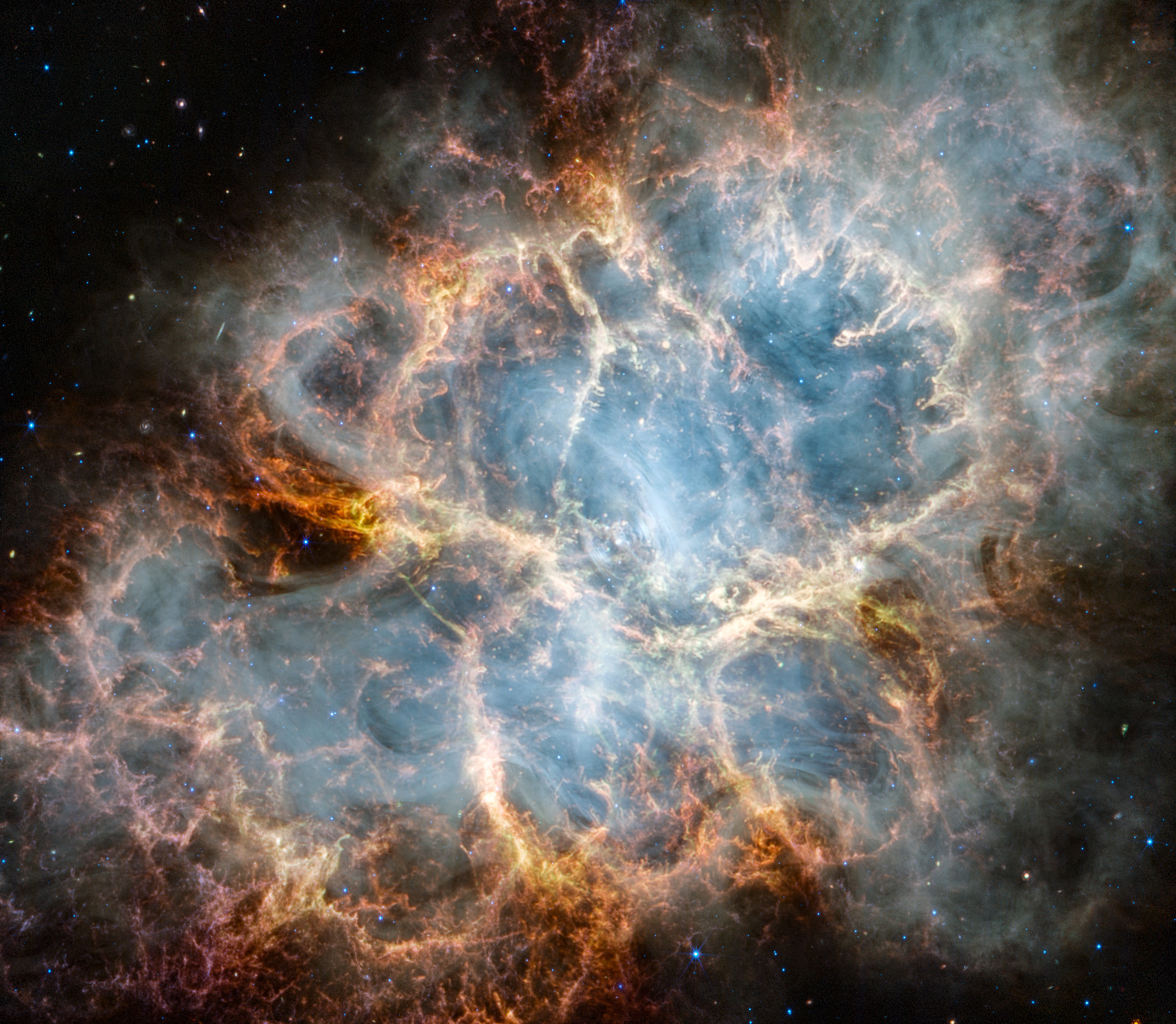Get the latest tech news
Gravitational wave researchers cast new light on Antikythera mechanism mystery
Published: 27 June 2024 Techniques developed to analyse the ripples in spacetime detected by one of the 21st century’s most sensitive pieces of scientific equipment have helped cast new light on the function of the oldest known analogue computer. Techniques developed to analyse the ripples in spacetime detected by one of the 21st century’s most sensitive pieces of scientific equipment have helped cast new light on the function of the oldest known analogue computer.
Astronomers from the University of Glasgow have used statistical modelling techniques developed to analyse gravitational waves to establish the likely number of holes in one of the broken rings of the Antikythera mechanism – an ancient artifact which was showcased in the movie Indiana Jones and the Dial of Destiny. He adapted techniques used by their research group to analyse the signals picked up by the LIGO gravitational wave detectors, which measure the tiny ripples in spacetime, caused by massive astronomical events like the collision of black holes, as they pass through the Earth, to scrutinise the calendar ring. The Markov Chain Monte Carlo and nested sampling methods Woan and Bayley used provided a comprehensive probabilistic set of results, again suggested that the ring most likely contained 354 or 355 holes in a circle of radius 77.1mm, with an uncertainty of about 1/3 mm.
Or read this on Hacker News

